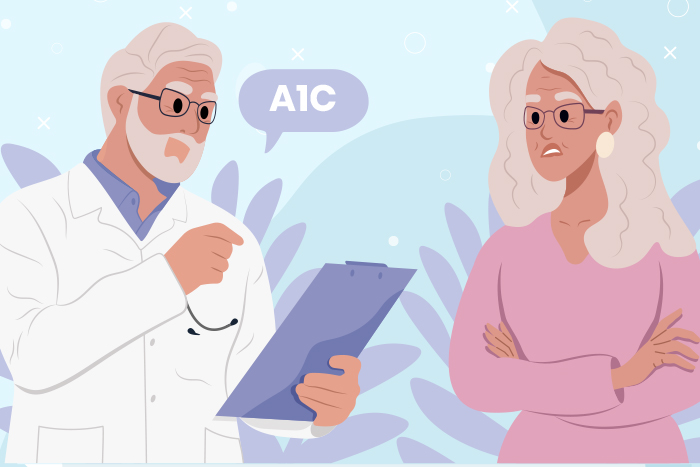A Simple Guide for Understanding Diabetes
Diabetes is a condition that affects how your body processes sugar, which is an important source of energy. For many seniors, hearing the word “diabetes” can feel overwhelming or even a little scary. But understanding what it means and how to manage it can help you take control and live your life to the fullest.
Whether you’ve just been diagnosed or are looking for ways to support a loved one, this guide is here to make things simple. We’ll cover the basics—what diabetes is, the symptoms to watch for, possible complications, and most importantly, how to manage it with treatments and lifestyle changes. By the end of this guide, you’ll feel more confident about handling diabetes and staying healthy.
What is diabetes?
Diabetes happens when your body either doesn’t make enough insulin or doesn’t use it properly. Insulin is a hormone that helps your body turn sugar (glucose) from food into energy. Without enough insulin, sugar builds up in your blood, which can cause health problems over time.
There are two main types of diabetes:
Type 1 Diabetes: This type usually starts earlier in life. People with Type 1 need to take insulin every day.
Type 2 Diabetes: This is more common and often develops later in life. Type 2 can often be managed with lifestyle changes, medication, or both.
Symptoms of Diabetes
The symptoms of diabetes can come on slowly, especially for Type 2. Here are some common signs to look out for:
Feeling very thirsty
Needing to go to the bathroom more often
Feeling very tired
Blurry vision
Cuts or sores that heal slowly
If you’re experiencing any of these symptoms, it’s important to talk to your doctor. They can do a simple blood test to check for diabetes.
Possible Complications
If diabetes isn’t managed properly, it can lead to other health problems over time, including:
Heart Disease: Diabetes can increase your risk of heart attacks and strokes.
Kidney Damage: High blood sugar can harm your kidneys.
Eye Problems: Diabetes can cause issues like blurry vision or even blindness.
Nerve Damage: This can lead to tingling, pain, or numbness, especially in your feet.
If your diabetes is hard to control, keeping a medical alert device on hand can help you get help quickly during a diabetic emergency.* The good news is that by managing your diabetes, you can lower the risk of these complications.
Treatments for Diabetes
There’s no cure for diabetes, but it can be controlled. Here’s how:
Medications: Your doctor might prescribe pills, insulin shots, or both.
Healthy Eating: Choose foods that help keep your blood sugar steady, like whole grains, vegetables, and lean proteins.
Regular Exercise: Staying active helps your body use sugar more effectively. Even a daily walk can make a big difference.
Regular Check-ups: Your doctor will help monitor your blood sugar levels and overall health.
Lifestyle Changes That Can Help
Small changes can make a big difference when it comes to managing diabetes:
Watch Your Portion Sizes: Eating smaller amounts can help control your blood sugar.
Stay Hydrated: Drinking water instead of sugary drinks can help you stay on track.
Get Moving: Aim for 30 minutes of activity most days. It doesn’t have to be intense—gardening, walking, or dancing all count!
Quit Smoking: If you smoke, quitting can improve your overall health.
Manage Stress: Stress can affect your blood sugar, so find ways to relax, like reading, meditating, or spending time with loved ones.
Living Well with Diabetes
Living with diabetes might seem overwhelming at first, but remember, you’re not alone. Millions of people manage their diabetes successfully every day. By working with your healthcare team, making healthy choices, and staying positive, you can take charge of your health and enjoy life to the fullest.
If you’d like to learn more, talk to your doctor or a diabetes educator. They can provide the support and tools you need to feel confident on your journey.
Sources:
Mayo Clinic: Diabetes
American Diabetes Association: Diabetes Overview
National Institute on Aging (NIA): Diabetes in Older Adults
Centers for Disease Control and Prevention (CDC): Diabetes Basics
*Disclaimer: Healthcare Select may earn a commission if you purchase a product or service through links to our partners. This comes at no extra cost to you.

